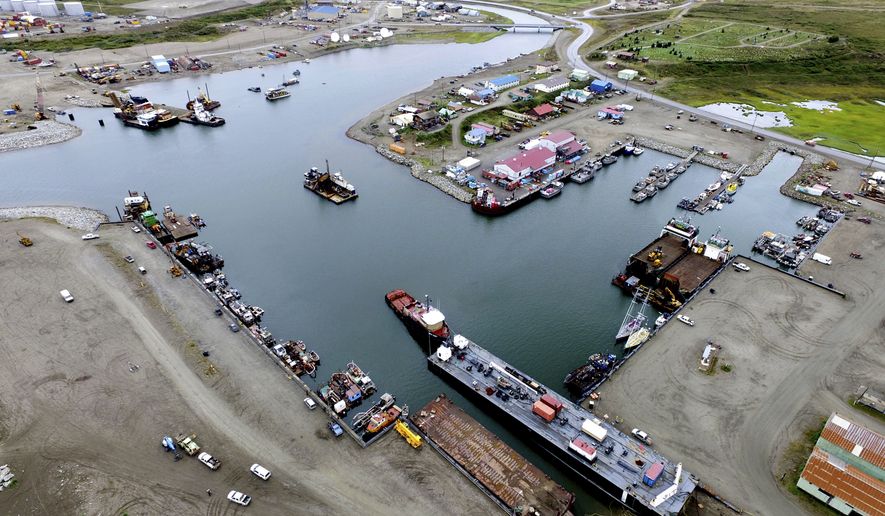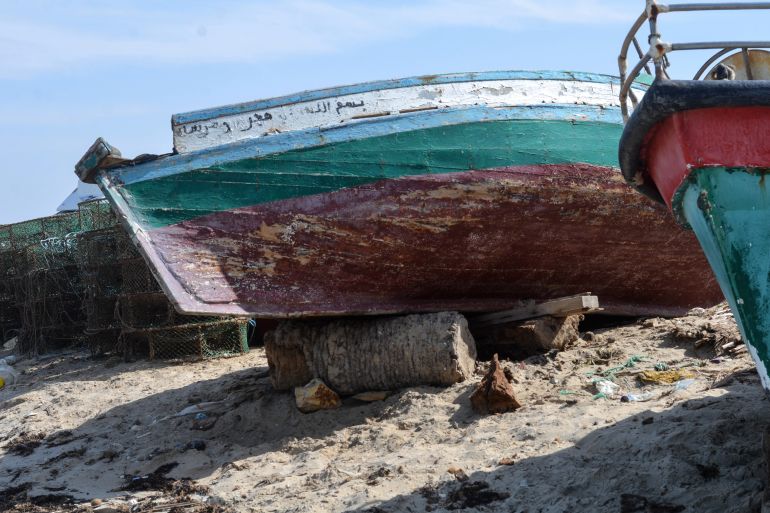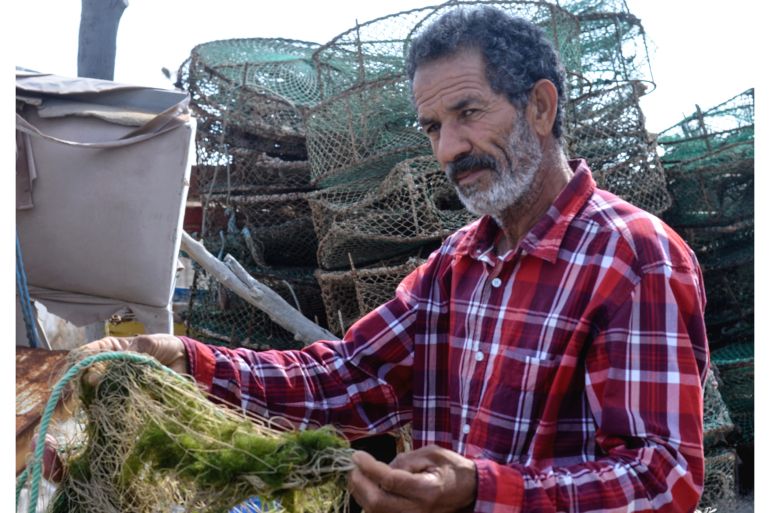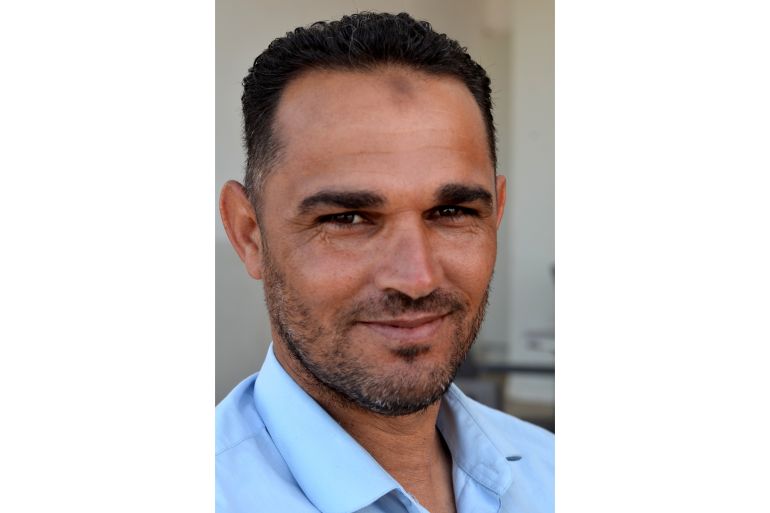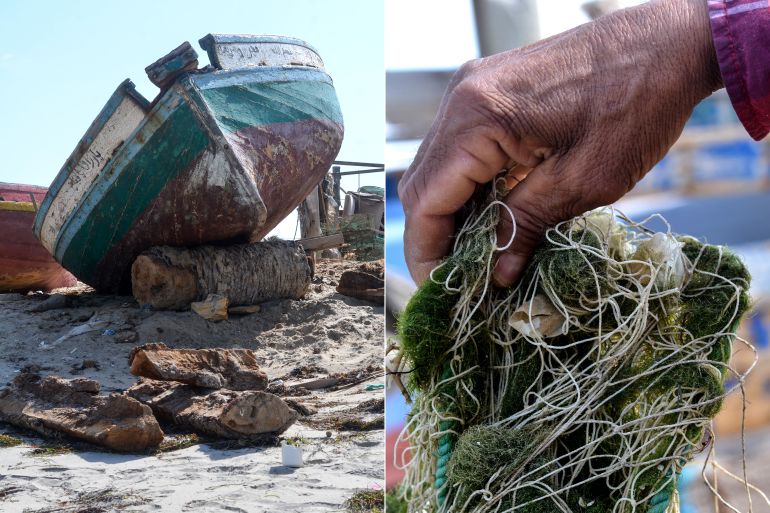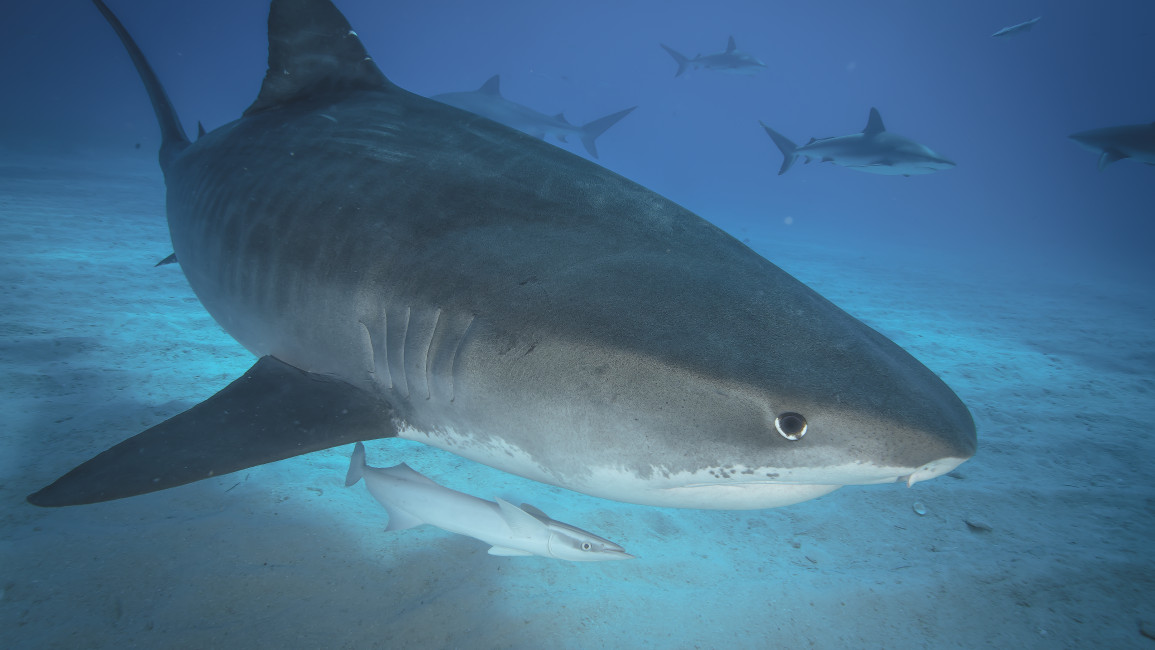Exclusion of Drag Show from Public Park Violates First Amendment
The Volokh Conspiracy
Mostly law professors | Sometimes contrarian | Often libertarian | Always independent
From Southern Utah Drag Stars v. City of St. George, decided Friday by Judge David Nuffer (D. Utah.); seems generally correct to me:
Public spaces are public spaces. Public spaces are not private spaces. Public spaces are not majority spaces. The First Amendment of the United States Constitution ensures that all citizens, popular or not, majority or minority, conventional or unconventional, have access to public spaces for public expression….
Plaintiffs Southern Utah Drag Stars, LLC ("Drag Stars") and Mitski Avalōx ("Avalōx") seek their opportunity to speak in the public square through a community drag show which they say conveys messages of diversity, inclusion, and support for individuals with non-traditional gender expression and identities. Drag Stars applied for a special event permit (the "Permit") to hold "Our Allies & Community Drag Show" ("Allies Drag Show") at a public park in St. George, Utah (the "City").
The City denied the Permit based on never-previously-enforced ordinances that prohibit special event advertising until a final event permit is issued. The record shows the use of this prohibition was a pretext for discrimination.
The City also enacted a moratorium barring all new special event permit applications for six months. At the same time the City's two-step blocked Drag Stars from holding the Allies Drag Show for at least six months, the City retroactively exempted the majority of other known violators of the advertising prohibition and exempted major swaths of events from the moratorium….
The court's opinion is long (60 pages) and detailed, so let me focus on the brief section on why the drag show is constitutionally protected speech, and then provide the court's summary of the other matters:
"Speech" [under the First Amendment] includes "expressive conduct" and live entertainment, such as musical and dramatic works …." {Schad v. Borough of Mount Ephraim (1981).} Avalōx and another Drag artist scheduled to be at the Allies Drag show explain that drag "is an art form, a source of entertainment, and a form of activism" and conveys a "valuable political message to convey that individuals with gender presentation and identities outside the majoritarian norm are welcome in public places." Given current political events and discussions, drag shows of a nature like the planned Allies Drag Show are indisputably protected speech and are a medium of expression, containing political and social messages regarding (among other messages) self-expression, gender stereotypes and roles, and LGBTQIA+ identity. Accordingly, Drag Stars' Allies Drag Show is protected speech under the First Amendment. ..
The City's related argument that it has a compelling interest in protecting children from obscene material is wholly unsupported on the record as to Plaintiffs' permit. To be clear: there is no question that governments have a legitimate interest in protecting children from genuine obscenity. But the City has not provided a shred of evidence that would implicate that legitimate interest. Moreover, that legitimate interest "does not include a free-floating power to restrict the ideas to which children may be exposed. Speech that is neither obscene as to youths nor subject to some other legitimate proscription cannot be suppressed solely to protect the young from ideas or images that a legislative body thinks unsuitable for them." Moreover, "speech that is not obscene—which may even be harmful to minors—is a different category from obscenity. Simply put, no majority of the Supreme Court has held that sexually explicit—but not obscene—speech receives less protection than political, artistic, or scientific speech." Critically, the City has presented no evidence that the Allies Drag Show was anticipated to be anywhere close to satisfying even one prong of the Miller standard establishing whether a work is legally obscene….
Note that some cases suggest that display of obscene-as-to-minors speech (sometimes labeled "harmful to minors") might be limited in places where minors can see it, even if the speech isn't obscene as to adults; but the judge's opinion seems to suggest that the speech isn't pornographic enough to be obscene as to minors.
The summary:
The Advertising Prohibition and Moratorium are overbroad. They have blanket effects, though for limited periods of time, with very little protection of vaguely articulated and unproven City interests and are thus impermissible. The policies underlying the Advertising Prohibition and Moratorium are inconsistent with the many exceptions the City has granted, which belies the City's stated interests.
The scope of the Advertising prohibition is vast due to the lack of definition of "advertise" and "promote,"
The Advertising Prohibition is unworkable in practice because of the need for event planners to communicate and solicit support to prepare to apply for a permit and hold an event. The lack of any enforcement history for the Advertising Prohibition before March 2023 demonstrates the slight value of the City's claimed interest. There are many alternative means of protecting genuine interests.
The blanket effect of the Moratorium on all City property and facilities is not supported by empirical evidence related to specific facilities and the variety of their level of use and maintenance. The argument that the Moratorium is less impactful because it only suspends all activities for three more months, six months in all, reflects a failure to properly respect the value of expression.
The Advertising Prohibition employed to deny Plaintiffs' event application is unenforceably vague in many ways. It does not define the prohibited activities in certain terms. "City-sponsored" is also an undefined term. The haphazard exceptions granted and the lack of guidelines for permit decisions and issuance demonstrate the unworkability of the Advertising Prohibition.
The Advertising Prohibition and Moratorium are impermissible prior restraints on speech. To bar all communication about an event until a permit is approved is not just overbroad but an impermissible prior restraint on the exchange of idea. Similarly, to bar all public location events for a six month period is an invalid prior restraint, even though not based on content.
Government does not have the right to halt or suppress general speech.
By applying to all speech regarding public events, the Advertising Prohibition exceeds permissible limits. The Advertising Prohibition is remarkably free of guidelines for granting exceptions, timelines for granting permits, and denial for permits for its violation. It is grounded in slimly defined government interests based on speculation, not on experience. Those interests never required its enforcement until Plaintiffs' permit application. There are much more narrowly tailored options for formulation of an ordinance to protect even the speculative interests.
By imposing a blanket bar on all new public events until mid-September 2023, the Moratorium, as applied to expressive events, is also a prior restraint on speech. The City has legitimate interests at stake but the absolute bar for a six month period failed to distinguish between constitutionally protected events and others, to offer alternative venues, or to distinguish between overused and other facilities. There are alternative methods of protecting the City's interests.
The City's Unprecedented Enforcement of the Advertising Prohibition and the Moratorium Barring was Unconstitutional Discrimination. The Drag Stars planned show is protected speech, applicable to traditional public forums. The City has failed to show that the Advertising Prohibition, with its exception for City-sponsored events, facially passes strict or intermediate scrutiny. It is neither narrowly tailored to serve a compelling government interest nor narrowly tailored to serve a significant government interest and leaving open ample alternative channels of communication. The City's asserted interests in the Advertising Prohibition are speculative. The City has betrayed those interests by granting a wide swath of exceptions. The undefined meaning of "advertise" and "promote" is so inclusive to defy tracing to specific City interests or applicant activities.
And even more compelling, its application against Plaintiffs is demonstrated by the record to be discriminatory based on content and viewpoint. The event timeline could hardly demonstrate discrimination more clearly. Failing to understand the vital nature of the First Amendment right of expression, the City has effectuated the will of vocal objectors at the expense of an unpopular group, with unpopular content and viewpoint. The Advertising Prohibition emerged from years of neglect to become a weapon against Plaintiffs.
The application of the Moratorium to Plaintiffs' permit does not survive intermediate scrutiny. The outright prohibition of new special event permits for all public facilities for a 6- month period substantially restricts speech more than necessary to further the City's stated interests in the Moratorium. Other less restrictive means could meet the City's needs, and specifically and proportionately apply to the facilities needing protection. Because the exemptions and failures to take effective action to prevent overuse have resulted this year on a greater burden on City facilities than last year, the Moratorium is a demonstrated failure….
Plaintiffs are represented by eleven lawyers, with or connected with the ACLU; the lead lawyer appears to be Jeremy Creelan (Jenner & Block).

